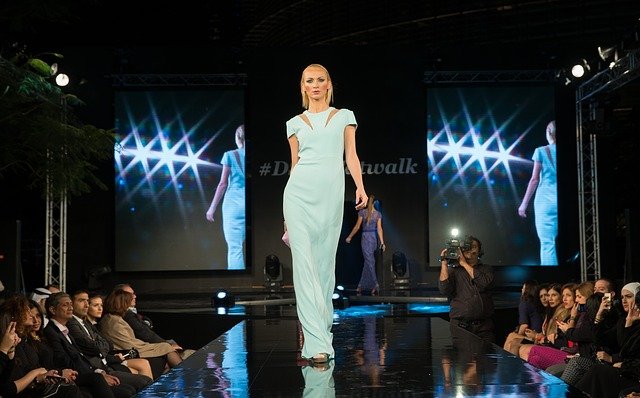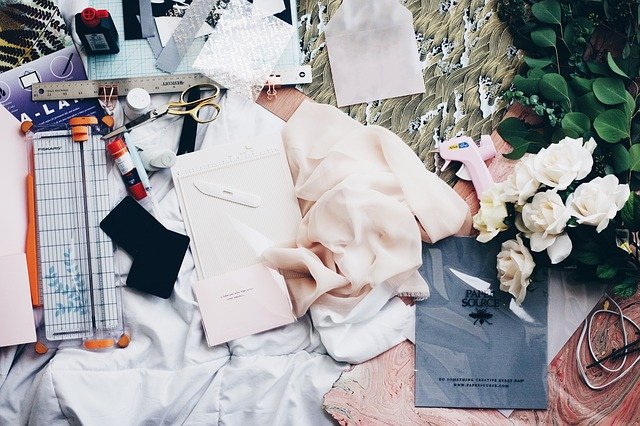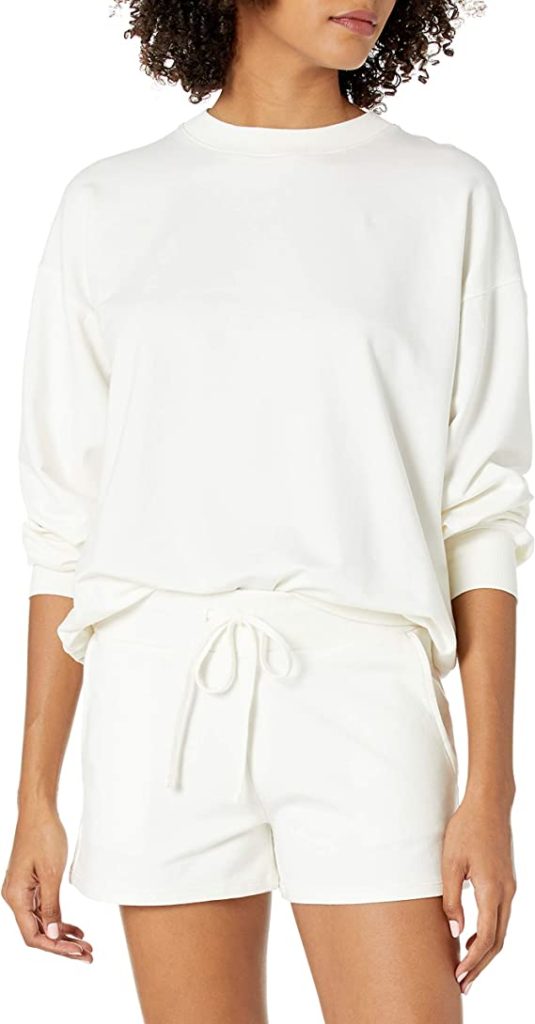The issue of eating meat has also appeared in the fashion industry. The results of this debate were that designers’ aim is to return to nature, and include living creatures into your life – be it humans or animals – should be taken seriously by everyone. Vegetarianism for both humans and animals is a concept that many people believe will become more widespread in the future. In order to keep up with such demand from customers, manufacturers have begun searching for materials which are environmentally friendly and can reduce negative impact on animals as much as possible; they think “eco-friendly” materials like Bengaline might play an important role in this future trend.
A new variety of synthetic leather from a Spanish company that is made in the shape of hides. It’s called “Bengaline”.
The texture and appearance is similar to leather, but it does not require any treatment or dyeing process after production. It’s cheaper than leather, but softer and more malleable than synthetic materials. The material itself does not have any special features; it has no waterproof or fireproof properties. However, due to the texture being similar to genuine leather, it can imitate real leather products with outstanding realism. Various accessories including phone cases can be made from Bengaline at a cheap cost compared to using real leather.
One feature of Bengaline is that once a mold is created for a product, mass production can be achieved. This material has been used in the fashion industry; it’s popular among both consumers and manufacturers as well.
Considering the overall progress of science, it’s no exaggeration to say that Bengaline is an extraordinary new concept material. Indeed, a single item of handbag using leather can cost over $200. Moreover, it takes time to acquire all the various skills required for making a good product.
Therefore, when you take into account the numerous steps involved in creating goods made from genuine leather as well as their high price tag, there are very few people who would argue against this being wasteful or exploitative enterprise. But if we simply look at what their value is just due to their appearance alone—i.e., what they’re worth because of how they look—the problem disappears immediately. I think this is a good sign for humanity.
This material does not have many problems associated with it, but the same cannot be said about leather products. The fact that some people are trying to avoid using leather because of its impacts on animals means Bengaline has become even more popular than before.
Bengaline is a synthetic material, so it can be made into clothes of various colors. There are also dyeing methods for this material; by mixing the polymer with dyes and different image patterns, Begaline can be dyed in any color.


